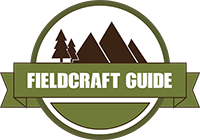How to Stay Warm Outside in Cold Weather
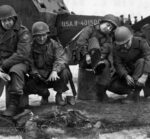
In this post I will share with you some tips and techniques I have used to stay warm in the field. One thing every veteran knows is that training or combat doesn’t stop just because it is cold. I have been to some cold locations (Fort Drum, New York, South Korea, and Afghanistan) during my career and quickly learned the fieldcraft associated with staying warm. This is especially important when you are deployed and have no means of warming up in a vehicle or tent, no ability to sip on some hot cocoa by the fire to thaw out, and the inability to go to Academy and purchase more suitable gear.
11 Simple Hacks for Staying Warm in the Field
- Use only wool socks.
When your feet get wet or cold (or both) it becomes physically painful. Wiggling your toes is not enough to keep them warm. You need a good pair of merino wool socks.
I recommend merino wool because it will help retain insulation even when damp or wet, is less itchy than regular wool, and feels great right up against your skin. Cotton socks do not provide insulation when damp or wet.
The FITS brand of sock had a sale at the PX a few years back and I loaded up. They are by far the best boot sock I have worn.
- They are not as thick as most wool socks, so your boots fit correctly
- The stitching is on the top of the toe not the end like most socks
- They are nylon reinforced on the outside to improve durability
- They have a special heel lock system that reduces friction during marches
- Less material in the toe box to prevent bunching and blisters
- Naturally anti-microbial which means they stink less than most socks.
- Made in U.S.A., supports American jobs
I recommend their Tactical Boot Sock. If you buy from the FITS website, they also offer a 25% military and first responder discount!
Also check out the FITS heavy expedition boot sock here on Amazon.
2. Wear a great pair of insulated boots.
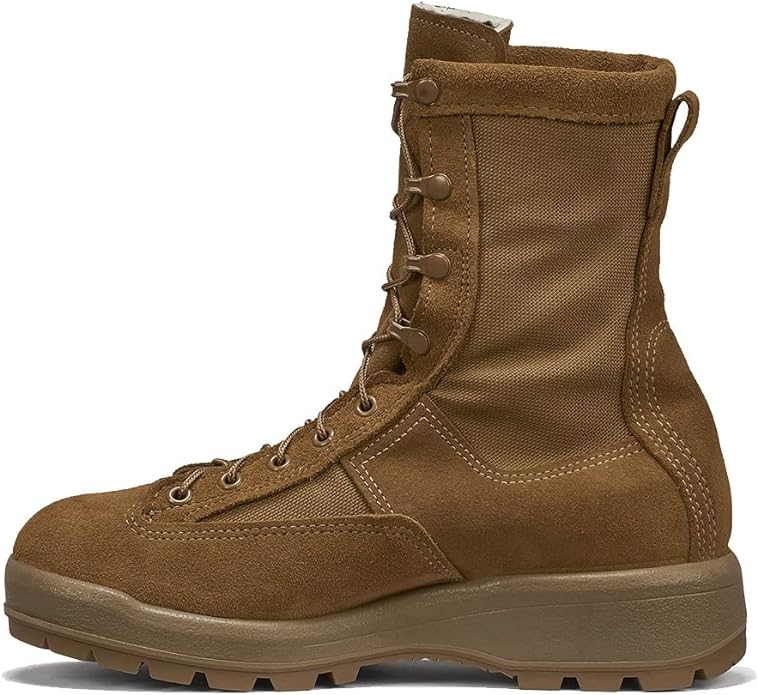
When it comes to boots you get what you pay for. I have had some less expensive boots that performed fine, but I find that spending a little more on a pair of good boots means my feet thank me later.
When i am looking for winter boots, I look for GORE-TEX insulation, and waterproof. My feet will sweat some in waterproof boots, but I mitigate that by wearing wool socks. Wool socks will wick away moisture and keep my damp feet warm.
I got a free pair of Belleville Boots before deployment once (I paid only shipping) and they paid dividends in the snow of Afghanistan. Ever since then they are my go to brand.
I have a pair of Belleville C795 Waterproof Insulated Boots now, and they are great for cold weather. They are insulated with Thinsulate and the outer fabric is GORE-TEX so they still breathe even though they are waterproof. They are about two years old and still perform without issue, and these aren’t going to break the bank.
3. Layer your Clothing.
If you are currently serving in the Army, then you have access to some of the best cold weather clothing on the market, the ECWCS (Extended Cold Weather Clothing System). It consists of 7 layers of clothing, that can be layered based on your activity level and temperature. Download the ECWCS GEN III Manual (TM 10-8415-236-10) , for how to wear ECWCS GEN III gear.
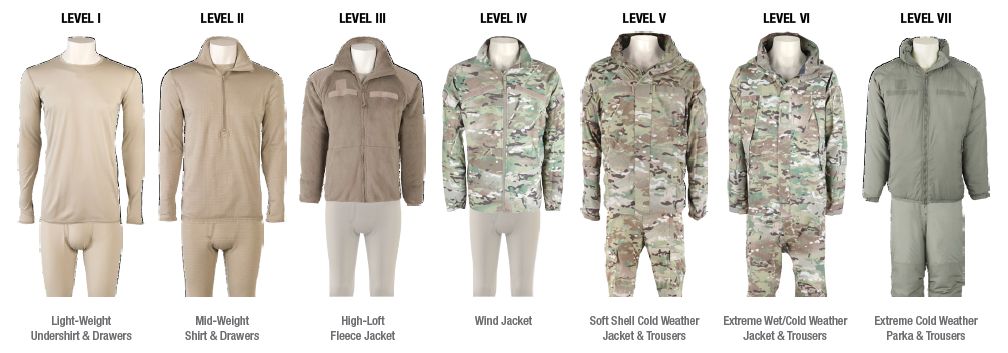
If you do not have the ECWCS let’s talk layering for a moment.
Layering can easily be summed up in three categories:
BASE LAYER – it’s main job is tounder armour base 2.0 wick moisture away from the skin. Avoid cotton, instead use some type of polyester blend.
The best alternative to the Army ECWCS GEN III Silk Weights that I have found is the Under Armour Base 2.0. They are moisture wicking, and are snug, but not compression fitting. They also feature UA odor-block to reduce smell when sweating (perfect for hunters). Click here to check the prices for the top or here for the bottoms from Amazon.
INSULATING LAYER – goes on over the base, the thicker the warmer for the most part. I recommend some type of polyester fleece. However with fleece, wind and rain whips right through it, which is why you need an outer layer. You can combine weatherproof pants with your base layer, best to experiment and see what works best, but my lower body tends to get less cold than my core.
I like the 5.11 tactical fleece and pants. best mid-layer fleece However the fleece jacket needs to be covered with a weatherproof shell (outer layer). The 5.11 Tactical Stryke pants, are perfect and the 5.11 1/4 Zip Fleece Job Shirt works great for keeping in warmth as well as providing great breathability. If you already have a fleece jacket, try that first before you spend any money.
OUTER LAYER – the main job here is to protect you from wind and rain/snow. You are looking for a material that is both waterproof and breathable, such as GORE-TEX.
I can’t find a better jacket than the Rothco Special OPs soft shell jacket. It is waterproof, windproof, hooded, drawstring waist, adjustable cuffs, fleece lined collar, and it is durable. Couple this with the 5.11 Stryke pants above, and your outerwear will be impenetrable from the elements.
4. Keep Your Head and Face Covered.
Even though it may be mostly a comfort thing according to the British Medical Journal study from 2008 a Soldier may lose 7-14 percent of their body heat through their head. The study also states that their is a strong placebo effect which occurs by simply warming the head.
Heat can also be lost through the face. Nothing more miserable than frozen eyebrows and mustache.
I like to use a combination of the fleece hat and neck gaiter. Although my ACH won’t fit over my fleece cap due to my head size. The neck gaiter can be adjusted like a snorkel to cover your head when the ACH must be worn. Condor makes good products on the cheap (check out their fleece cap at Amazon here) and military neck gaiters cheap as well (click here to see prices).
A shemagh can also be beneficial to cover the neck, head, and face but it was usually frowned upon wearing unless I was on a deployment (a bit more lax uniform standards).
5. Get a good set of gloves for intermediate cold and mittens for extreme cold.
There is some science behind why mittens work better at keeping out the cold than gloves. The more surface area in the cold the faster heat transfers from the warmer area to the colder.
Gloves, since they have individual fingers each fending for themselves, means there is a greater chance they will get colder than in a mitten. Mittens are great for sitting in an OP, ORP, patrol base, deer stand, snow blowing, etc.
However, gloves are better for more dexterous tasks, like unlocking the front door, writing something down, lighting a cigarette, etc.
However, gloves are better for more dexterous tasks, like unlocking the front door, writing something down, lighting a cigarette, etc.
I prefer to have some gloves thatcarhart cold snap gloves allow some dexterity if I need it. The “technical” finger (the strip of rubber on the pad of your finger for playing on your phone) gloves I have tried, worked, but the rubber wears off after about a month of regular use.
I look for waterproof / windproof and breathable. The Army has a pretty good set in their Intermediate Cold Weather Gloves, but for the same price or cheaper you can get a pair of Carhart Cold Snap Gloves which work better.
When it gets really cold, I turn to my tried and true Army issue trigger mittens (M1951). They come with wool liners and have separate thumb and index finger. There is a patch of leather over the thumb which is great for wiping off goggles. You can also cinch the cuffs down over any size coat.
6. Wet weather top and bottoms will work for warmth in a pinch.
I went to the field for 6 weeks this one time at Ft Hood, TX, and we had left in September and the weather was perfect. No one bothered to pack any cold weather gear as it was September, and we assumed we would get to come in at some point during the six weeks to refit and get our snivel gear. I learned real quick not to assume I could come in for refit as it suited me.
I also learned that the wet weather top and bottom, does a pretty good job of keeping you warm. It didn’t get brutally cold but 35-40 degrees will get cold when the wind and rain hits.
You will sweat more than normal in wet weather gear as it doesn’t breathe very well, but for 35-40 degrees it was fine. Now I use my wet weather top as a jacket anytime I am in the field and it gets a little chilly.
7. Keep that MRE heater after use.
This is a trick that works for a little while, but not long term. In Korea during gunnery at Rod Range it came in handy.
Once you use your MRE chemical heater to heat your food put it in the clear beverage bag and stick it in your pocket. It will work the same as those commercial hand warmers for about an hour. Just keep it enclosed in a pocket or the heat will dissipate super fast.
8. Warm your feet in your battle buddy’s armpits.
At the end of the day when you are in your fighting position have your buddy with cold feet and put them in your armpits. It will warm the feet fairly quickly (10 minutes or so). Then you should swap up, as you just endured some misery so you should get some warmth out of it too.
So to perform this maneuver, you both sit on the ground facing each other, the “receiver” pulls his jacket up and the “giver” takes his boots off and slides his feet under the jacket and into his battle’s pits. The “receiver” then puts his arms down so the feet are smushed in his armpits, and after about 10 minutes the feet will be warm.
I have never tried this, but hear it works great, especially if there is snow on the ground and it is really cold.
9. Wear your over boots if it is wet or snow is on the ground.
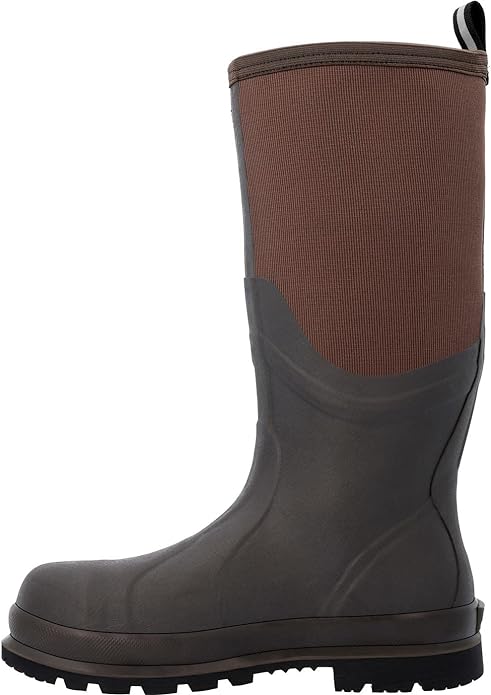
This is pretty self-explanatory. Wear your over boots to help keep your feet warm and dry. Just don’t let water seep over the top edge or you will be more miserable than before you put them on.
Also note your feet are going to sweat more due to the decreased breathability. I couldn’t find these online, except for eBay so check your local surplus store they probably have them, or place a bid.
10. Warm your sleeping bag with a belly bottle.
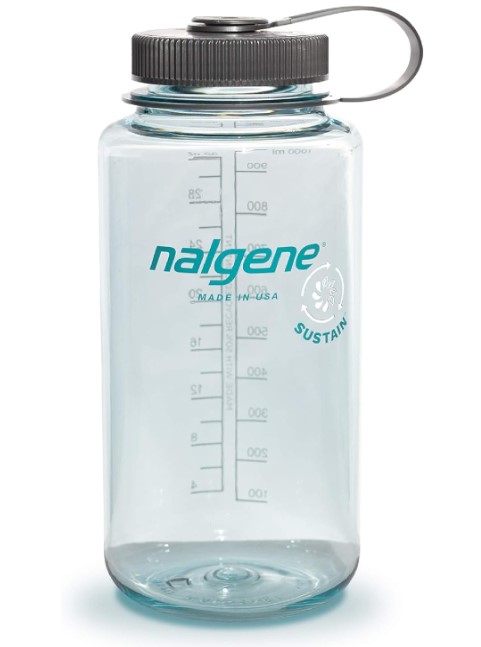
I’m sure some of you have heard this one. You heat some water up on your camp stove, pour it into your nalgene water bottle (or canteen) and place it in your sleeping bag. Once you get in your bag place the bottle on your crotch or belly. This will increase your body temperature and keep you warm for a few hours.
I have also heard of guys using urine in a throw away water bottle to snuggle up to, but it won’t be as warm (should be about 98 degrees).
11. Use a foam sleeping pad.therm-a-rest z lite sol
I’m a big advocate of air mattresses when sleeping outside, but in cold weather the air gets cold and makes you even more cold.
Use a foam pad to prevent the ground from sucking all the heat out of your body.
The Therm-a-rest Z Lite Sol is a closed cell foam pad that measures 20″ x 72″ and only weighs 14 oz. I have one for cold weather camping trips and it works like a champ.
How to Keep Your Body Warm Naturally
Acclimate – According to the University of Iowa website, your body takes about two weeks to acclimate to cold weather. Things such as age, metabolic rate, and weight affect this time. Also one acclimates (gets used to) hot temperatures faster than to cold temperatures.
Eat – An article by Rich Johnson of Outdoor Life Magazine states heat and energy is produced as food is digested, so to stay warm stay well nourished. The main macro-nutrients to focus on are:
- Water – stay hydrated you may not think you are sweating but you are, and digestion takes water also.
- Protein – is used for muscle repair, enzyme, hormone, and antibody production.
- Carbohydrates – fuel your body and provide you with energy. Opt for complex carbs like in fruit, vegetables, and nuts.
- Fats – Provide you with a huge load of calories in a small package.
Booze – Skip the urge to warm yourself up with a shot of booze. Alcohol actually lowers your core body temperature. Although it may help you fall asleep in a cold sleeping bag.
In Closing…
Remember to layer your clothing as discussed above, and you will stay warm even for hours on end in the field. I listed off a few other tips I have used to keep warm during the cold winter months in the field or on deployment. Do you have some more tips I missed? Let me know in the comments below!
